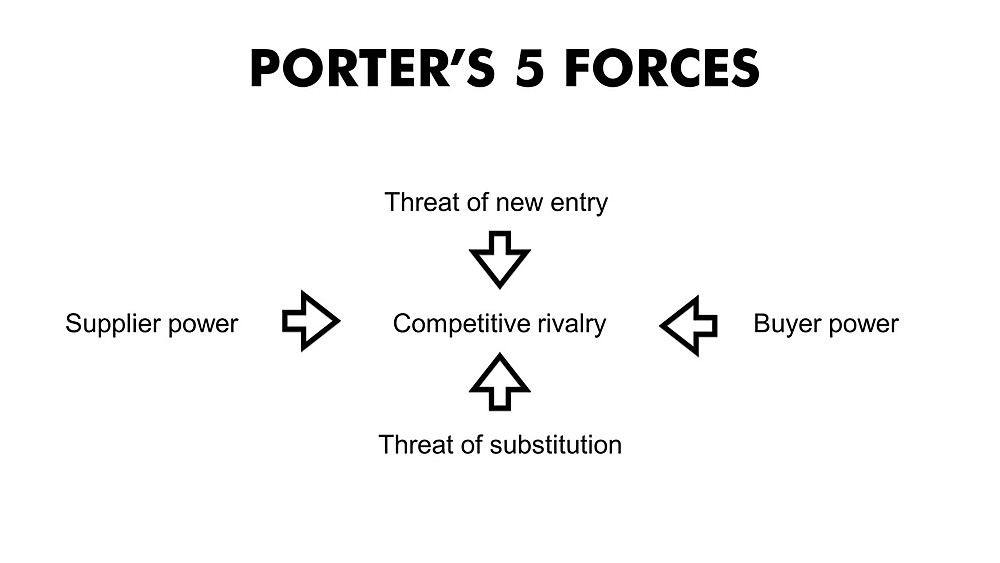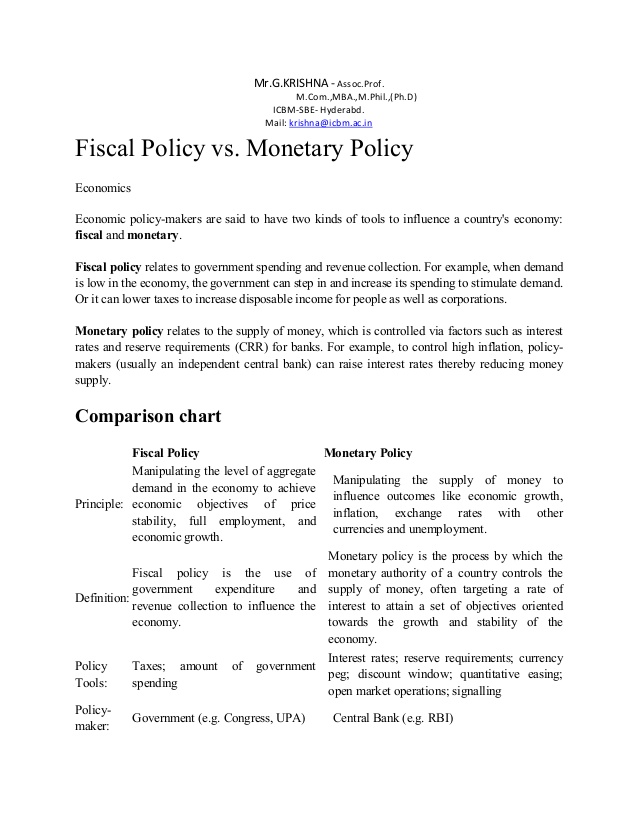Contents
Obviously this sum would have been different had the draws been different. By drawing from a set of data with replacement, we are able to draw over and over again under the same conditions. A joke (retold on Penn State’s site) tells the tale of the man stopped from boarding an airplane when he was found to be carrying a bomb. When questioned as to why he was taking a bomb, he reasons, “The chances of an airplane having a bomb on it are very small, and certainly the chances of having two are almost none! ” Similarly, the hero in The World According to Garp buys a house that has just had a plane crash into it. His reasoning is that the chances of another plane crashing into it are practically zero.

Both laws tell us that given a sufficiently large amount of data points, those data points will result in predictable behaviors. At least nowadays, the “law of averages” is the commonly used phrase in my experience. I find it very annoying that a body of knowledge like investing, which is entirely skill based, is relegated into a game of chance. I personally donot believe in the law of averages when it comes to investing. An onlooker uses this information and processes that the next spin is more likely to land on a black.
Describing, Exploring, and Comparing Data
On the roulette wheel, say you get reds on three consecutive spins. The law of averages is a misdirected belief if an event has occurred at one end of the spectrum, sooner or later there will be an anti-event. The law of large numbers is a mathematical theorem and counterpart of the law of averages that applies specifically in the long term with a large number of repeated trials. The average of repeated trials will converge to the expected value as the number of trials increases to infinity.
- Summarize the stochastic process and state its relationship to random walks.
- The law of averages tells the salesperson that over time, their sales should occur at that average rate of 1 in 10, and more pitches will translate into the proportional number of more sales.
- Some people interchange the law of averages with the law of large numbers, but they are different.
- Therefore, there is a 47.37% chance that the white plastic ball will land on black and a 47.37% chance it will land on red.
The two versions of the law are different depending on the mode of convergence. As the name suggests, the weak law is weaker than the strong law. The law of averages is not a straight angle when it comes to skill based professions like investing. With the right knowledge and experience, the right investments are available that offer excellent returns most times. To support his argument, Buffett did a study of nine successful investment funds.
Law of Large Numbers / Law of Averages
Most of the chapters are useless and could be easily replaced with one or two phrases. And the few times something actually happen, the consequences vanishes after 5 chapters or just take ages to appear (with random training, side quest, etc.. in the middle). The numbers of characters is good, and they are fairly varied and interesting. The bad guys are pretty good, although I was expecting some stronger shades of grey rather than such black and white. Skill development of main character was alright but we aren’t treated to much skill developments overall – the other characters held little interest in this regard.
Similarly, a salesperson trusting in the law of averages may be disappointed by yet another unsuccessful pitch in a row. Only in the long term is it reasonable to expect the law of averages to hold. The law of averages is based on the law of large numbers, which is an actual law. The law of averages is a common misconception about probability. Explore the definition and examples of this fallacy and distinguish it from the law of large numbers by which probability can be found with the binomial formula. The sum of draws is the process of drawing randomly, with replacement, from a set of data and adding up the results.

However, the probability that it is exactly half may be quite low. This probability can be determined using the binomial distribution. The law of averages is well-known in the world of sales, particularly with respect to direct marketing, where it is summed up by the catchphrase «more equals more». The law of averages in sales is understood as saying that the more attempts at a sale that are made, the more sales that will actually be made. Learn about the application of the law of averages in sales.
What is the law of averages in sales?
If you answered yes, then you’ve just fallen into the gambler’s fallacy. If you toss a coin 10 times and get all heads, that uncommon steak isn’t going to be evened out by a streak of tails in the future. The law is well-known in sales, interpreted to mean that more sales attempts produce more sales. Mode is identified by the highest frequency of the value mentioned in the given groups of values. It means the value that appears the most number of times in the data set. It can be said that the value in a data set with a high frequency or rises more frequently is known as the mode or modal value.

This means if the values are less so the harmonic mean will large and vice versa. It is a method to find the central tendency of a group of numbers by finding the ‘nth’ root of the output of ‘n’ numbers. The lottery called the jogo do bicho, or “animal game,” originated as a raffle at a zoo in Rio de Janeiro in 1892. … Laws of Chance chronicles the game’s early history, as booking agents, dealers, and players spread throughout Rio and the lottery was outlawed and driven underground.
There is no principle that a small number of observations will coincide with the expected value or that a streak of one value will immediately be «balanced» by the others. The law of averages is a belief that the relative frequency of an event should agree with the probability of the event. This is often applied in the short term, with the expectation that the distribution of events is balanced according to the probability distribution (50/50 for example). The intuition that events like coin tosses and sales should balance according to their probability, even in the short-term, can lead to an error of judgement known as the gambler’s fallacy. This refers to the error of thinking that a particular outcome becomes more likely simply because it has not happened recently, or if the event has occurred recently, then it is less likely to occur again.
What is the Gambler’s Fallacy?
Gambler’s fallacy is also known as the Monte Carlo Fallacy or the fallacy of maturity of chances. The strong law implies the weak law, but it considers infinite sequence of outcomes. Therefore, the weak law is often better for practical applications. More character building and world building than action scene after action scene.
Lesson Summary
The https://1investing.in/s is usually mentioned in reference to situations without enough outcomes to bring the law of large numbers into effect. As its name suggests, the gambler’s fallacy is very tempting when playing cards or other games of chance. It is easy to think that a run of bad luck can’t continue forever, and just one more card or spin of the wheel will be a winner.
In other words, the chance that the ball will land on red or black is the same. Sometimes a player will see that the ball has landed on black three times. Therefore, he will put all his money on the red for the next spin. In reality, there is the same exact likelihood that the ball will land on black or red in that next spin. In this example, one tries to increase the probability of a rare event occurring at least once by carrying out more trials.
The first chapter gives you the idea that this fiction is mostly science-fiction – which it is not – which people may not want to read for many reasons. This is a Isekai story of an alternative Earth, where super powers are real. Then by the law of averages, he believes he will not lose his bet again. Often, people mistakenly believe that they are due to win because they have lost consecutively many times. They reference the so-called law above to justify their thinking. Most retail investors believe in the law of averages when in comes to investing.
One approach to stochastic processes treats them as functions of one or several deterministic arguments whose values are random variables. Random variables are non-deterministic quantities which have certain probability distributions. Random variables corresponding to various times may be completely different. Although the random values of a stochastic process at different times may be independent random variables, in most commonly considered situations they exhibit complicated statistical correlations.





